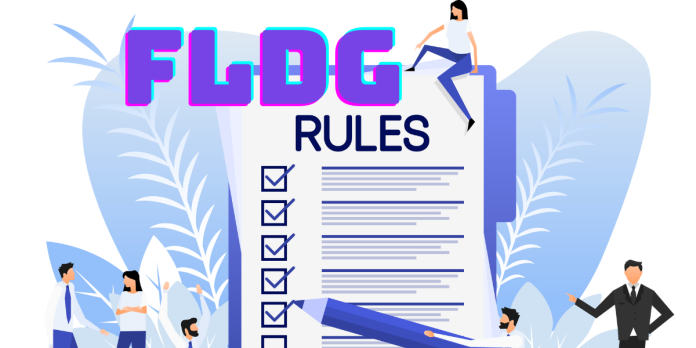
RBI Issues New Guidelines Allowing First Loss Default Guarantee (FLDG) In Digital Lending, Bringing Clarity To Fintech-Bank Partnerships.
Date:

Share post:
The Reserve Bank of India (RBI) has recently issued new guidelines regarding the use of First Loss Default Guarantee (FLDG) arrangements in digital lending. After being prohibited by the regulator last year, the FLDG model has been eagerly awaited by many fintech companies seeking clarity on their lending arrangements with banks. The FLDG model involves a lending partnership between a regulated bank or non-banking financial company (NBFC) and an often unregulated fintech or lending service provider, where the latter guarantees to compensate for a certain percentage of defaults in the loan portfolio.
Under the new framework, the default cover provided by fintech platforms can be up to 5% of the loan portfolio and must be invoked within a maximum overdue period of 120 days. In the past, entities were offering almost 100% FLDG to their banking partners, exposing them to high risks if the fintech platforms lacked the financial resources to compensate for losses. The RBI now includes any other implicit guarantee linked to the loan portfolio’s performance under the definition of Default Loss Guarantee (DLG).
To ensure transparency, lending service providers must publish the total number of portfolios and the respective amounts for which guarantee arrangements have been offered on their websites. Fintech companies are required to provide hard guarantees in the form of cash deposits, fixed deposits with a lien, or bank guarantees in favor of the lender. Additionally, RBI-regulated entities can only enter into DLG agreements with lending service providers or other regulated entities with whom they have an outsourcing agreement.

The circular also outlines eligibility criteria, structure, forms, tenor, due diligence, disclosure requirements, and customer protection measures. It clarifies that the recognition of individual loan assets in the portfolio as non-performing assets (NPAs) and the subsequent provisioning will be the responsibility of the lender. Even if the DLG is invoked and compensation is received, the loan default will still be counted under the lender’s gross NPAs.
These guidelines apply to commercial banks, small finance banks, cooperative banks, non-banking financial companies (including housing finance companies), and lending service providers. The majority of stakeholders and experts have welcomed the new framework, considering it an enabling move by the regulator that provides much-needed clarity for the relationship between regulated entities (REs) and lending service providers (LSPs).
Industry experts and fintech players have expressed their support for the new guidelines, highlighting their potential to boost innovation, credit penetration, and the provision of micro-sized loans in India. Some believe that the 5% cap on the default cover is reasonable and will foster risk and reward sharing between fintechs and REs. Others emphasize that it will lead to the emergence of strong underwriting platforms and lower lending rates. The guidelines are also expected to encourage healthy competition and drive improvements in the lending sector while ensuring timely resolution of defaults and fostering a healthier lending environment.
Overall, the RBI’s issuance of these guidelines has brought much-needed clarity to the FLDG arrangements in digital lending, providing a framework for partnerships between REs and LSPs and establishing safeguards for lenders and borrowers alike.
